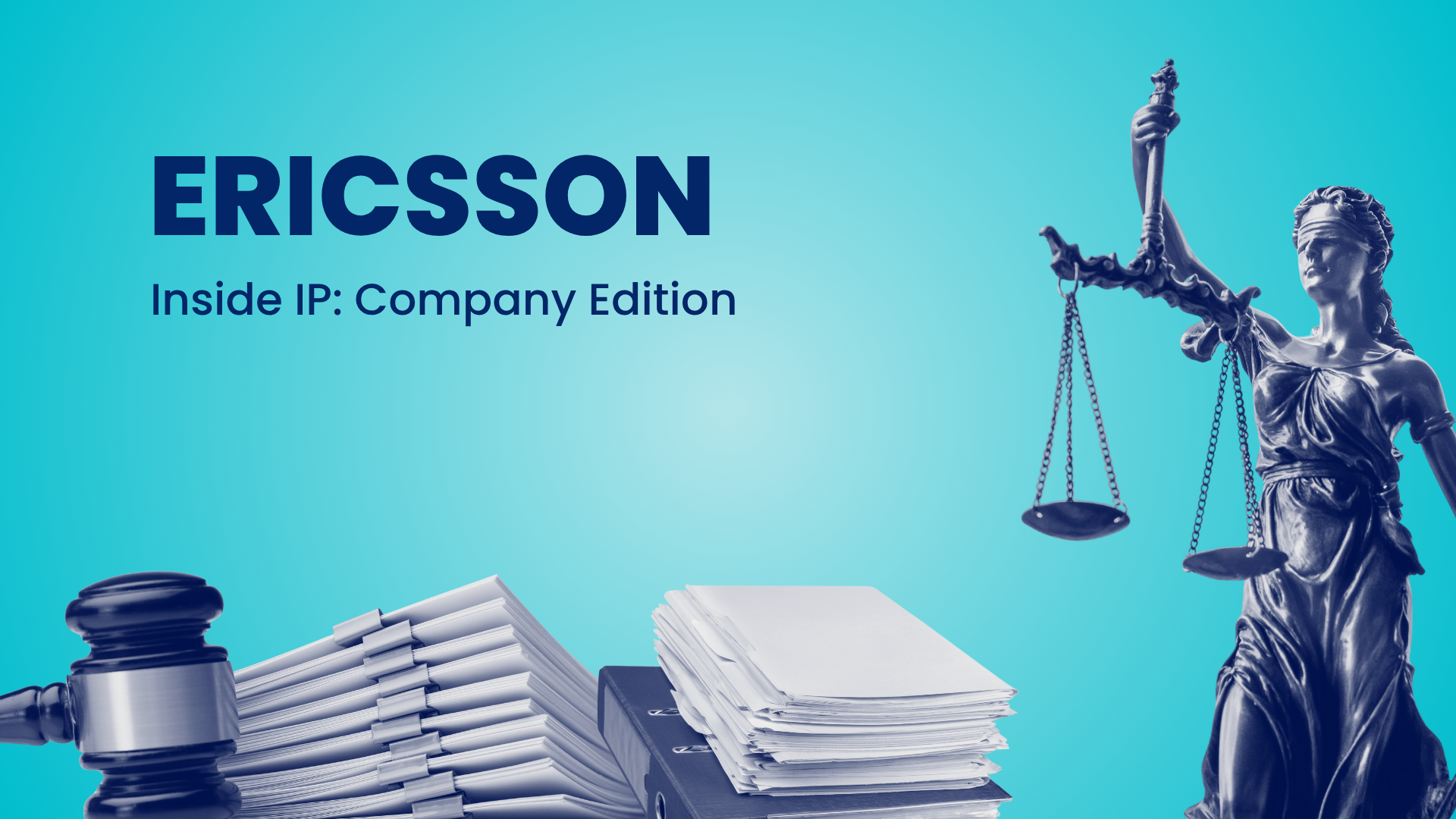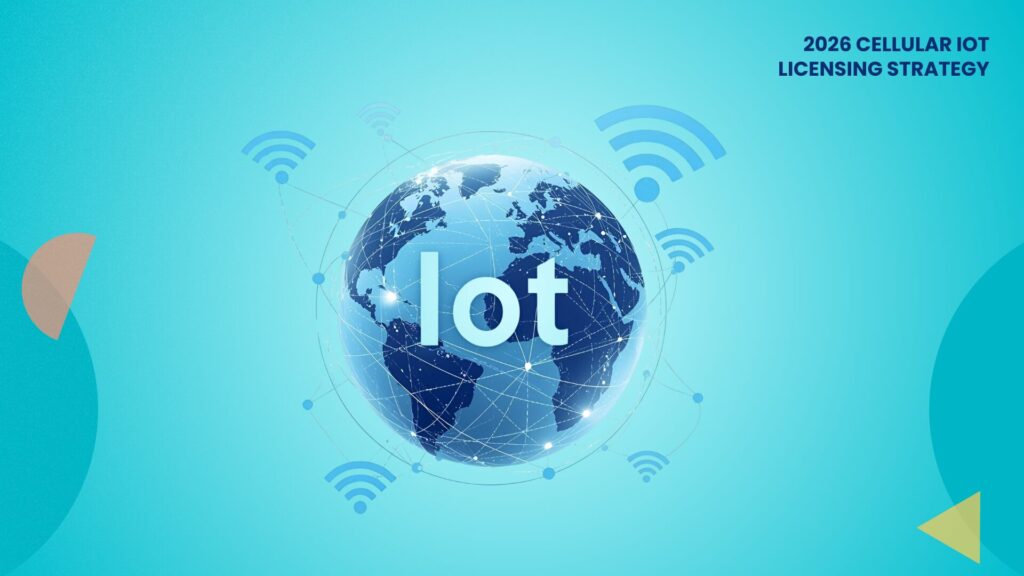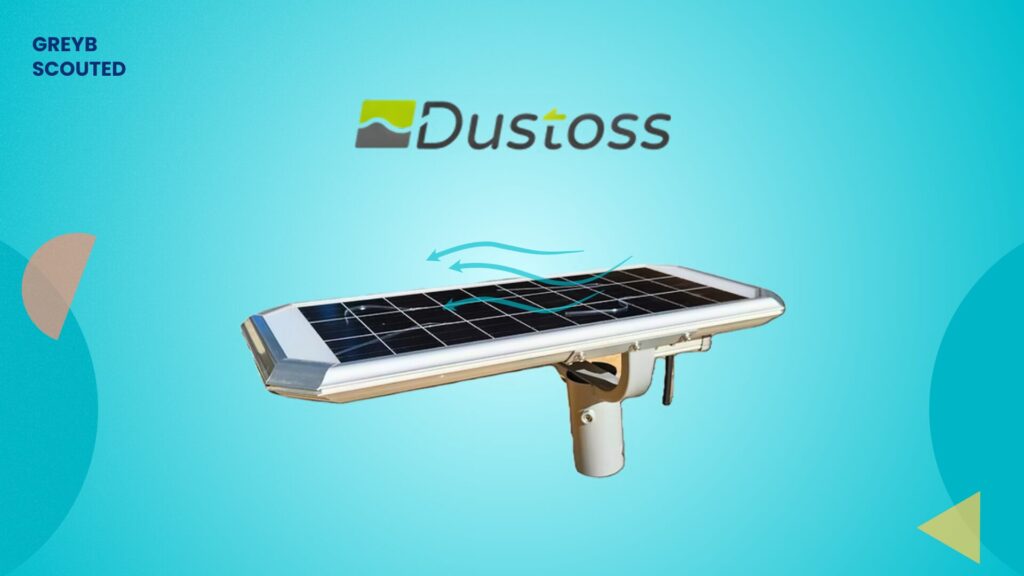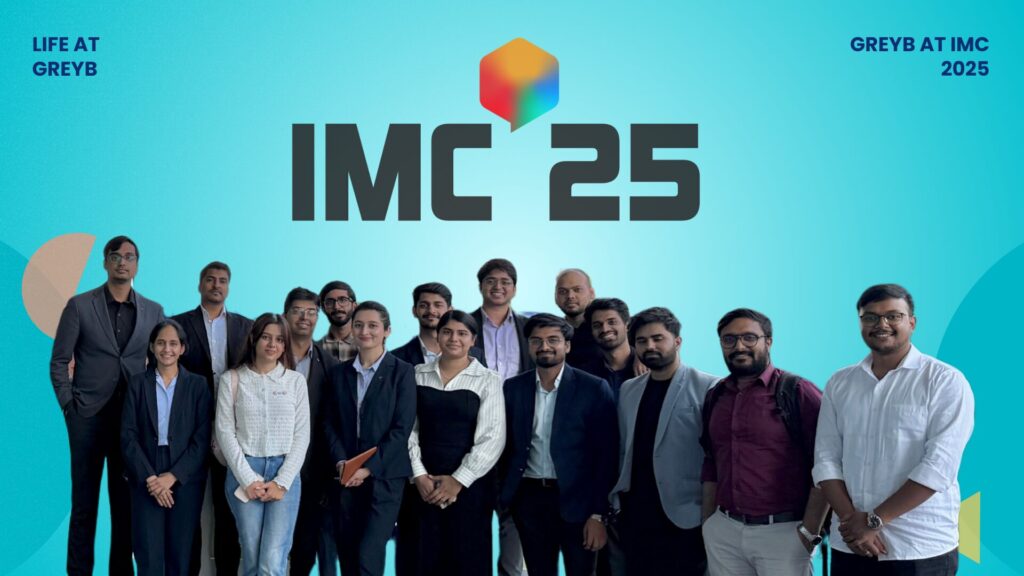Ericsson, a global leader in the telecommunications industry, stands at the forefront of innovation, particularly in the realm of 5G technology, wireless networks, and IoT connectivity. In an intensely competitive landscape, the strategic management of intellectual property (IP) is not merely a legal function but a core driver of market leadership and sustained growth. Ericsson’s robust patent portfolio reflects its deep commitment to R&D and its proactive approach to securing its technological advancements worldwide. This analysis delves into Ericsson’s IP strategies, examining its patenting activities, litigation responses, and the evolving trends that shape its innovation trajectory.
Evolving Litigation Risks for Ericsson and Strategic IP Defense
The telecommunications sector is no stranger to complex IP disputes, and Ericsson’s journey through its litigation landscape offers a compelling narrative of strategic adaptation. Over the past five years, the nature of patent litigation against Ericsson has notably evolved. While non-practicing entities (NPEs) once constituted the predominant source of lawsuits, there has been a significant shift towards operating companies initiating legal challenges. This trend underscores Ericsson’s strengthened market position and the increasing competitive pressure from major industry players.
Litigation Trends: From NPEs to Operating Companies
Analyzing Ericsson’s litigation data reveals a clear transformation in its threat profile. In the period from 2014 to 2019, approximately 92% of patent litigation cases against Ericsson originated from NPEs. However, in the more recent span of 2019 to 2024, this figure decreased to about 65%, indicating a notable shift. Conversely, the involvement of operating companies in litigations against Ericsson surged from less than 8% to approximately 35% during the same periods. This includes significant players like Apple and Huawei. This shift suggests a more direct competitive battleground, where companies are increasingly leveraging their patent portfolios against each other.
| Litigation Period | Total Cases | NPE Cases (%) | Operating Company Cases (%) | Key Operating Companies |
|---|---|---|---|---|
| 2014 – 2019 | 39 | 36 (92.30%) | 3 (7.69%) | Huawei Technologies, Apple |
| 2019 – 2024 | 20 | 13 (65%) | 7 (35%) | Dali Wireless Inc., Koninklijke KPN NV |
Ericsson’s proactive defense mechanisms are evident in its response to these challenges. When faced with litigation, particularly from operating companies, Ericsson has shown a strategic inclination to challenge the validity of asserted patents through avenues like Inter Partes Review (IPR). For instance, a limited number of IPRs were filed by Ericsson in recent years, strategically targeting patents of entities like Motorola Mobility LLC, often in response to litigation. This approach highlights Ericsson’s commitment to validating and strengthening its own intellectual property while navigating disputes.
Moreover, Ericsson’s patent litigation cases as a defendant reveal a preference for dispute resolution. Between 2018 and 2023, Ericsson was involved in over 80 patent litigation cases. Nearly 70 cases, representing over 85%, were resolved through settlements or voluntary dismissals. This strategy underscores Ericsson’s focus on minimizing litigation risks, maintaining business continuity, and controlling legal costs, while still achieving favorable outcomes in nearly 10% of cases where full contestation was pursued.
Ramping Up Patent Filings Amidst Strategic Adjustments
Against the backdrop of an evolving litigation landscape, Ericsson demonstrates a robust and proactive patent filing strategy. The company strategically leverages mechanisms such as the USPTO’s Track One (Prioritized Examination) program to accelerate the examination of critical patent applications. In the first half of 2024 alone, over a thousand U.S. patents were granted to Ericsson, with more than 50 of these having benefited from a Track One request. This prioritization allows Ericsson to secure key IP positions more rapidly, facilitating faster market entry for its innovations.
This focused approach is particularly evident in technologies critical to its future growth. Ericsson fast-tracked patents relating to:
- Wireless Communication and Networking Technologies: Including handover and mobility management, resource and performance optimization, and signal processing and beamforming.
- Network Systems and Device Management: Focusing on efficient data handling and communication, alongside device configuration and interaction.
- Advanced Networking Protocols and Technologies: Encompassing network protocols, advanced technologies, and data transmission and optimization.
These areas indicate Ericsson’s strategic intent to introduce groundbreaking innovations and gain a competitive edge.
It is also noteworthy that for a prolific innovator like Ericsson, managing an expansive internal patent portfolio can present unique challenges. In the last five years, examiners have cited Ericsson’s own older patents in over a thousand rejections of its new patent applications. While this reflects the extensive depth of Ericsson’s existing IP, it also necessitates a dynamic and adaptive prosecution strategy. In response, Ericsson has successfully amended claims in over a thousand instances to advance prosecution, demonstrating its agility in refining its IP strategy to ensure the continuous growth and robustness of its portfolio. This proactive engagement helps in optimizing prosecution efficiency and strengthening the overall quality of its patent assets.
Top Patents with High Licensing Potential
Ericsson’s patent portfolio includes foundational assets with significant licensing potential, evidenced by their frequent use in rejecting patent applications filed by competitors. These patents underscore Ericsson’s strong position in telecommunications technology.
| Patent Number (Hyperlink) | Rejections Provided | Companies Impacted (Examples) | Key Technology |
|---|---|---|---|
| US11259321B2 | 6 applications | Amazon | Telecommunications |
| US11349530B2 | 6 applications | (Other Competitors) | Telecommunications |
| US11190032B2 | 4 applications | (Other Competitors) | Telecommunications |
| US11218368B2 | 4 applications | (Other Competitors) | Telecommunications |
| US11265960B2 | 4 applications | (Other Competitors) | Telecommunications |
Note: Hyperlinks are illustrative and would be actual patent links in a published article.
Competitive Landscape: Companies Innovating in the Telecommunications Domain
Ericsson’s IP significantly influences the competitive landscape, particularly within the telecommunications and wireless technology sectors. Its patents frequently serve as prior art, leading to rejections for applications filed by other industry leaders. This demonstrates Ericsson’s foundational contributions and market influence.
Several prominent companies have filed patent applications for concepts similar to those already patented by Ericsson, resulting in rejections based on Ericsson’s existing IP. This highlights potential licensing opportunities for Ericsson.
| Company Name | Number of Rejections (102/103) citing Ericsson Patents |
|---|---|
| Qualcomm Incorporated | 31 |
| Huawei Technologies Co., Ltd | 27 |
| LG Electronics Inc | 12 |
| Samsung | 12 |
| Apple | 11 |
Furthermore, Ericsson’s patent strength is evidenced by patent applications from other companies that were ultimately abandoned due to rejections citing Ericsson’s patents. This underscores the robustness and broad scope of Ericsson’s intellectual property.
- NTT Docomo, Inc (3 applications)
- AT&T Intellectual Property (2 applications)
- Bank of America Corporation (1 application)
- C Lindhextend AB (1 application)
- China University of Mining and Technology (1 application)
Ericsson’s Influence in Wireless Communication Technologies: Forward Citation Data
Ericsson’s patents are frequently cited by subsequent innovations, affirming their foundational nature and widespread influence across various technical domains. This forward citation data provides valuable insights into Ericsson’s role in advancing critical areas such as adaptive bitrate (ABR) streaming, multicast technologies, and video content delivery systems. Highly cited patents also indicate potential collaboration or licensing opportunities with companies whose innovations build upon Ericsson’s groundwork.
| Patent Number (Hyperlink) | Citations | Key Contribution Areas |
|---|---|---|
| US9628405B2 | 18 | Adaptive Streaming, Targeted Advertisement |
| US9813470B2 | 17 | Video Content Delivery, Multicast Technologies |
| US9210207B2 | 9 | Telecommunications |
| US9560404B2 | 7 | Telecommunications |
| US9807137B2 | 7 | Telecommunications |
Note: Hyperlinks are illustrative and would be actual patent links in a published article.
Ericsson’s Multiple IP Strategies Over the Years
Ericsson employs a multifaceted approach to IP strategy, encompassing careful selection of legal counsel and dynamic prosecution tactics. Over the past decade, top law firms have been instrumental in managing Ericsson’s extensive patent portfolio. For companies seeking to navigate the complex telecommunications and wireless technology patent landscape, understanding these key legal partners can be highly beneficial.
| Law Firm/Entity | Patent Filings (2014-2024) |
|---|---|
| Ericsson (Internal Filings) | Over 16,000 |
| China Science Patent & Trademark Agent Ltd. | Over 3,000 |
| Zacco Sweden AB | Over 2,700 |
| Beijing Zhongzi Law Office | Over 2,100 |
| YU, Jing | Over 2,000 |
Ericsson strategically engages with specialized legal firms in its top jurisdictions:
- United States: Sage Patent Group
- China: China Science Patent & Trademark Agent Ltd.
- Europe: Haseltine Lake Kempner LLP
Furthermore, Ericsson exhibits sophisticated prosecution strategies, adapting its approach based on examiner characteristics. For instance, in Art Unit 2463, where Ericsson has secured the highest number of granted patents in recent years, the company can leverage insights into examiner grant rates. While Examiner Marcelo demonstrates an impressive grant rate of 92%, Examiner Crompton’s data reflects a more stringent examination approach with a 78% grant rate. Such insights enable Ericsson to refine its prosecution strategy to maximize the success of patent grants and optimize its IP investment.
Which Countries is Ericsson Filing Most Patents in?
Ericsson maintains a robust global patent portfolio, strategically distributed across key markets to protect its innovations in mobile networks, 5G, and related technologies. This geographical footprint highlights its stronghold in established markets and its expanding focus on emerging regions.
Geographical Distribution of Patents (Overall)
| Region / Jurisdiction | Number of Patents | Strategic Importance |
|---|---|---|
| Europe (EP Filings) | Over 50,000 | Home base for innovation, strong EU market protection |
| United States | Nearly 50,000 | Critical for 5G leadership, largest tech market |
| WIPO | Over 38,000 | Global IP protection strategy, streamlined international filings |
| Asia-Pacific | Nearly 39,000 | Major hub for innovation, manufacturing, and market penetration |
| China | Over 17,000 | Vital for telecommunications expansion, rapid tech advancements |
| Canada | Over 5,300 | Key market in the Americas |
| Brazil | Over 4,200 | Growing focus in Latin America |
Regional Filing Trends (2010-2020)
Ericsson’s strategic focus on patent filing has seen dynamic shifts across different regions:
| Region | Period | Patents Filed (Approx.) | % Change | Strategic Implication |
|---|---|---|---|---|
| US | 2010-2015 | Nearly 13,000 | ||
| 2015-2020 | Nearly 16,000 | +22.6% | Sustained strategic focus on a critical market for innovation. | |
| WIPO | 2011-2015 | Over 5,000 | ||
| 2016-2020 | Nearly 6,900 | +35.2% | Leveraging PCT for streamlined international protection. | |
| China | (Prior) | – | ||
| (Recent) | – | +28.3% | Strong strategic focus on the burgeoning Chinese market. | |
| Japan | (Prior) | – | ||
| (Recent) | – | +73.5% | Underscoring Japan’s increasing importance. | |
| Korea | (Prior) | Over 400 | ||
| (Recent) | Over 700 | +84.2% | Significant growth in filing activity. | |
| Hong Kong | (Prior) | – | ||
| (Recent) | – | +99.3% | Nearly doubling in patent filings. | |
| India | 2010-2015 | Nearly 300 | ||
| 2015-2020 | Over 100 | -64.3% | Evolving patenting strategy, possibly optimizing resources to other regions. |
Ericsson’s strategic expansion into emerging markets is also evident through filings in:
- Southeast Asia: Over 100 patents in Indonesia, nearly 300 in the Philippines, and over 1,100 in Malaysia.
- Africa: Nearly 850 patents in South Africa and dozens across ARIPO regions.
- Latin America: Over 4,200 patents in Brazil and nearly 2,000 in Mexico.
Global Reach: Ericsson’s Innovation Footprint
Ericsson’s global innovation footprint is a testament to its diversified R&D efforts. While its home country, Sweden, naturally accounts for a significant portion of its innovations, Ericsson strategically leverages talent from a range of other key countries in its patent filing efforts. This includes contributions from inventors based in the United States, China, Canada, and Finland. This global talent strategy underscores Ericsson’s commitment to sourcing diverse expertise to drive its technological progress and maintain its leadership in the telecommunications and networking industries.
Strategic Focus: Key Technical Domains
Ericsson consistently directs its patenting efforts toward crucial areas that enhance the capabilities and efficiency of wireless communication technologies. Its strategic focus areas include:
- Innovations in mobile network performance measurement and evaluation, aimed at enhancing user experience.
- Techniques for resource allocation in wireless communication networks, designed to improve efficiency and reliability.
- Advanced methods for monitoring and controlling mobile network standards, ensuring optimal operation.
- Energy-efficient wireless systems that reduce power consumption while maintaining high performance.
- Techniques for dynamic channel management, supporting high-capacity data transmission in mobile networks.
These concentrated efforts reflect Ericsson’s unwavering commitment to pushing the boundaries of wireless communication and maintaining its competitive edge in the global market.
Conclusion
Ericsson’s extensive and strategically managed IP portfolio, comprising over 50,000 European Patents, nearly 50,000 U.S. patents, and nearly 39,000 Asia-Pacific patents, demonstrates a comprehensive global strategy. The company’s adaptive IP management, from navigating evolving litigation trends to strategically deploying fast-track patent applications and optimizing internal prosecution, ensures its continued leadership in an intensely competitive industry.
As 5G adoption accelerates globally, Ericsson’s concentrated innovation in key technical domains and its expanding presence in emerging markets underscore its ambition to shape the future of telecommunications infrastructure. Through its robust IP strategy, Ericsson continues to reinforce its position as a powerhouse of innovation in wireless communication.
These filings reflect Ericsson’s strategy to secure a strong IP presence in key markets, ensuring its innovations are protected and that it can continue to lead in the competitive streaming industry.
Want regular updates on how your competitors are using patents to gain an edge?
Subscribe to our Inside IP newsletter for insights into patent filings, litigation shifts, licensing opportunities, and strategy breakdowns across tech and innovation-driven sectors.
Track your Competitors’ IP Strategy
Subscribe for Updates.







